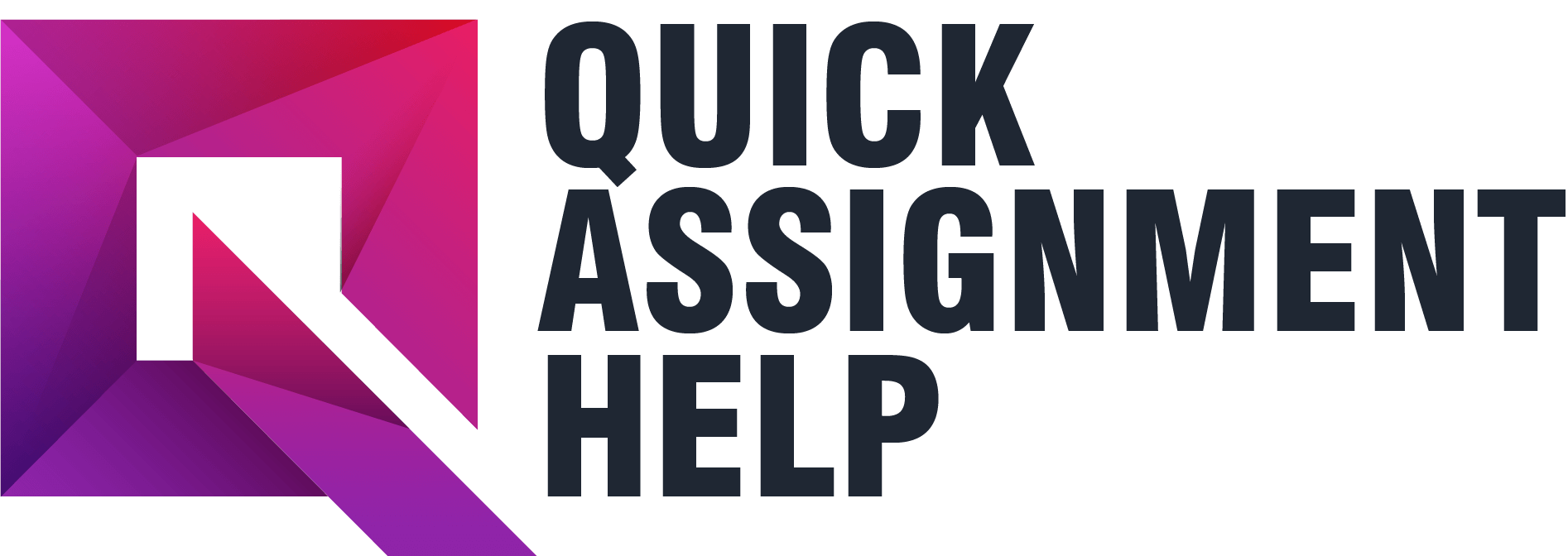Students are required to maintain weekly reflective narratives throughout the course to combine into one course-long reflective journal that integrates leadership

New Practice Approaches
New practice approaches are present, complete, and incorporates additional relevant details and critical thinking to engage the reader.
Intraprofessional Collaboration (4.3)
Intraprofessional collaboration information is present, complete, and incorporates additional relevant details and critical thinking to engage the reader.
Health Care Delivery And Clinical Systems (4.1)
Health care delivery and clinical systems information is present, complete, and incorporates additional relevant details and critical thinking to engage the reader.
Ethical Considerations In Health Care (5.4)
Ethical considerations in health care information is present, complete, and incorporates additional relevant details and critical thinking to engage the reader.
Population Health Concerns (5.3)
Population health concerns information is present, complete, and incorporates additional relevant details and critical thinking to engage the reader.
The Role Of Technology In Improving Health Care Outcomes (4.3)
Information on the role of technology in improving health care outcomes is present, complete, and incorporates additional relevant details and critical thinking to engage the reader.
Health Policy
Health policy information content is present, complete, and incorporates additional relevant details and critical thinking to engage the reader.
Leadership And Economic Models
Information on leadership and economic models is present, complete, and incorporates additional relevant details and critical thinking to engage the reader.
Health Disparities (1.5)
Information on health disparities is present, complete, and incorporates additional relevant details and critical thinking to engage the reader.
Presentation
The work is well presented and includes all required elements. The overall appearance is neat and professional.
Mechanics of Writing (includes spelling, punctuation, grammar, language use)
Writer is clearly in command of standard, written, academic English.

Expert Answer and Explanation
New Practice Approaches
Nursing is a disciple that heavily relies on new practice approaches. Through these approaches,’ nurses can identify the best way to deal with emerging healthcare problems, such as Covid-19. Carlson, Berg, and Nolbris (2020) note that research and quality improvement projects are among the activities that allow nurses to develop new practices approaches they can apply to improve their patients’ health. Through quality improvement projects and studies, nurses can develop treatment protocols and clinical procedures.
This course has provided me with the best skills I can apply when developing new practice approaches. The skills include proper decision-making, critical thinking, data collection skills, and communication abilities. Through the project, I have also learned some project management skills that can help me when I am overseeing a quality improvement project (Toruner & Altay, 2018).
I have also acquired research skills to conduct studies in future and develop new interventions to treat emerging healthcare problems.
Interprofessional Collaboration
According to Reeves, Pelone, Harrison, Goldman, and Zwarenstein (2017), interprofessional collaboration is where healthcare professionals, including nurses, doctors, specialists, social workers, and nurse informatics professionals, work together to provide care and improve patient outcome. Interprofessional collaboration is one of the significant practices in the healthcare sector.
One of the importance of practice is reducing medical errors. When healthcare professionals work together, the chances of making errors will be minimal because they will be more accurate.
The second benefit of inter-professional collaboration is improving patient outcomes and care. A patient walking into an emergency department complaining a nurse check pain in the chest at the triage then referred to a cardiologist, who will refer the patient to a lab technician (Tang, Zhou, Chan, & Liaw, 2018).
For the patient to improve, more than three different healthcare professionals have worked on him. Lastly, interprofessional collaboration can make patients receive faster treatment, hence reduce healthcare costs and inefficiencies.
Health Care Delivery and Clinical Systems
I have learned about various healthcare delivery models and clinical systems during this course. The first model I have encountered is the out-of-pocket model. This model is used by individuals who are not insured and the ones who are underinsured to pay for their medical bills. Another model is the Beveridge model.
In this kind of delivery model, the state or government eliminates competition by preventing the private sector from investing in the healthcare center to make a health single-payer system (Aviki, Schleicher, Mullangi, Matsoukas & Korenstein, 2018).
I also learned that these delivery models have been operational due to the help of available clinical systems. An example of such a system is radiology and pathology systems. These technologies can be used for pathology and radiology services. Electronic health records have also improved healthcare delivery.
They have played a huge part in the management of patient data (American Nurses Association, 2015). Remote patient monitoring systems have also improved healthcare delivery by reducing care costs and making care accessible.
Ethical Consideration in Healthcare
Healthcare professionals are guided by specific ethical principles when conducting their care activities. The first ethical consideration is autonomy. According to this principle, healthcare professionals should exclusively follow the decisions of patients when giving care. For instance, when patients do not want to be treated, they should respect it.
Another consideration is justice and fairness. Caregivers should be just and fair when providing care to patients. They should not prejudice against patients.
Salminen et al. (2016) note that many patients, especially the African American population, experience discrimination when seeking pain medications. When these patients come for pain medications, caregivers often view them as substance abusers. Healthcare professionals should be fair. Non-maleficence is also another ethical consideration.
Here, healthcare providers are advised to prescribe treatment plans and medications that are less harmful and beneficial (Wang et al., 2016). The last consideration requires healthcare workers to conduct their activities at the right time and place.
Population health concerns
Population health concerns are healthcare problem that threaten the health of people of a specific community. Population health concerns are largely affected by social determinants of health. Nurses as advocators of healthy communities should always understand the population health concerns to create projects aimed to suppress the concerns.
The Centers for Disease Control, department of injury prevention highlighted some of the health problems that threaten the health of Americans.
The following are some of the issues that are of concern to the American population. The first issue is diabetes. The CDC argues that more than 25.6% of American adults are diabetic (Dunlay et al., 2019). Other concerns include tobacco use, HIV, stroke and heart diseases, food safety, teen pregnancy, obesity, and motor vehicle injury (Rosenthal et al.
, 2017). Nurses should be involved in designing quality improvement projects and research programs aimed in eradicating the health concerns and help families and communities lead a healthy life.
The Role of Technology in Improving Health Care Outcomes
In the healthcare sector, technology greatly impacts healthcare services. According to Houngbo et al. (2019), technology can improve care outcomes by improving the efficiency of communication and data management. The Electronic Health Record has improved data management and communication between caregivers, hence reduced medical errors and cost of care. Remote patient monitoring has reduced cost and improved quality of care by increasing the availability of care to people in rural areas.
Teleconferencing has improved care by improving communication, especially during the pandemic. Technology will significant in this capstone project, especially during this covid-19 pandemic. One of the pandemic protocols is that people should avoid social distance. Hence, teleconferencing will be used to provide education.
The learners will converge online and get training through teleconferencing. Other technologies that will be used to provide education include computers, e-books, and other e-educational materials.

Health Policy
Health policy in nursing is vital because it helps the professionals set a general plan of action that can guide their decisions and desired outcomes. Birk (2016) notes that health policies are used to communicate the intention, goals, and objective of healthcare organizations. This week I have learned that nurses play critical roles in health policy development.
One of the roles of nurses in health policy development is to gather information about various healthcare issues that can be included in the policies.
I also learned that health policy nurses have the responsibility of analyzing, evaluating, and assessing health laws, regulations, and policies and advise healthcare organizations (Larsen, 2020). Nurses are also responsible for advocating for policies and lobbying other people to support their initiatives.
They can initiate and advocate for healthcare policies by engaging in politics. Some of the nurse legislators include congresswoman Johnson, representative Lois Capps, and Erin Murphy who is running for governorship for Minnesota state.
Leadership and economic models
During my practicum experience, I got to appreciate the value of good leadership in care delivery. With good leadership, I noticed a positive impact on the commitment, performance, and satisfaction of the staff in care delivery (Fischer, 2016). Likewise, I also noticed that good leadership had a positive impact on the quality of care provided.
Health disparities
From this course, I have come to understand that it is our responsibility as nurses to ensure that health care disparities are narrowed down. This can be achieved by looking for opportunities of reaching out to marginalized communities, for example, using technological approaches, and removing any forms of discrimination and social stigma when addressing the different population health concerns.
References
American Nurses Association. (2015). Nursing informatics: Scope and standards of practice . Available from https://wgu.idm.oclc.org/login?url=http://search.ebscohost.com/login.aspx?direct=true& db=nlebk&AN=1021761&site=eds-live&scope=site&ebv=EB&ppid=pp_Cover
Aviki, E. M., Schleicher, S. M., Mullangi, S., Matsoukas, K., & Korenstein, D. (2018). Alternative payment and care‐delivery models in oncology: A systematic review. Cancer, 124(16), 3293-3306. https://doi.org/10.1002/cncr.31367
Birk, H. S. (2016). United States National Healthcare Policies 2015: An analysis with implications for the future of medicine. Cureus, 8(1). doi: 10.7759/cureus.451
Carlson, L., Berg, L., & Nolbris, M. J. (2020). Nurses’ Experiences of Process-Oriented Supervision—Acquiring New Approaches to Demanding Situations. Open Journal of Nursing, 10(4), 449-461. DOI: 10.4236/ojn.2020.104031
Dunlay, S. M., Givertz, M. M., Aguilar, D., Allen, L. A., Chan, M., Desai, A. S., … & McCoy, R. G. (2019). Type 2 Diabetes Mellitus and Heart Failure: A Scientific Statement From the American Heart Association and the Heart Failure Society of America: This statement does not represent an update of the 2017 ACC/AHA/HFSA heart failure guideline update. Circulation, 140(7), e294-e324.